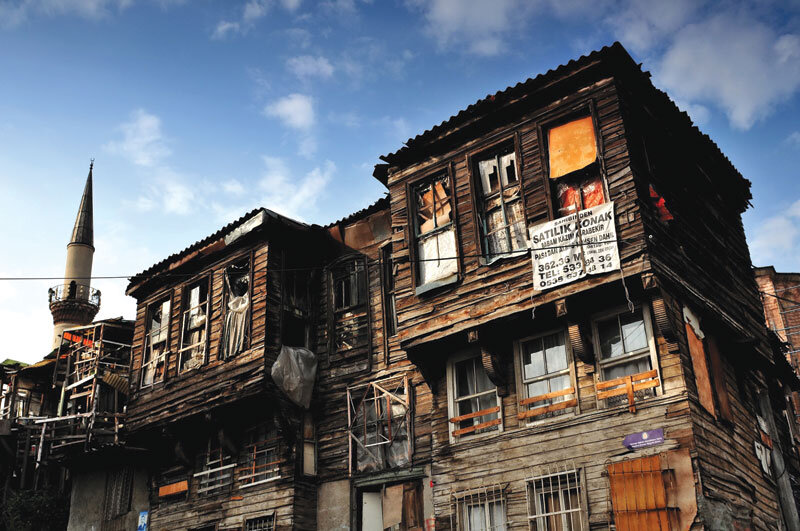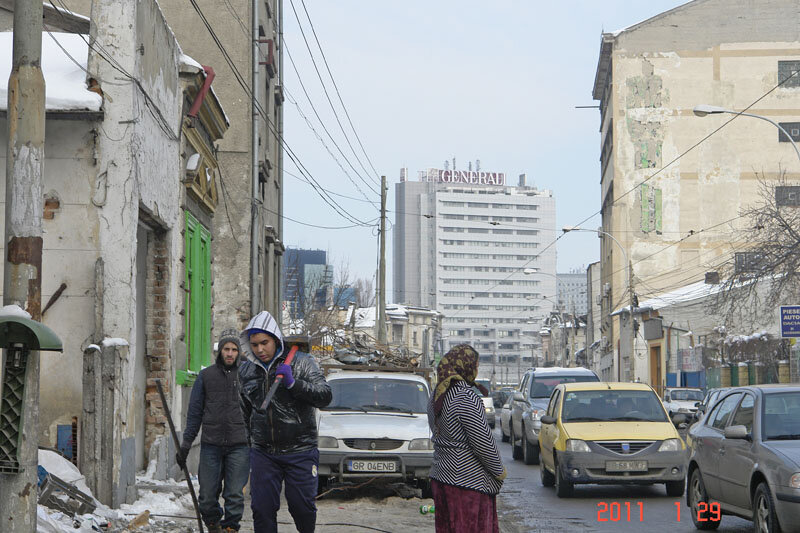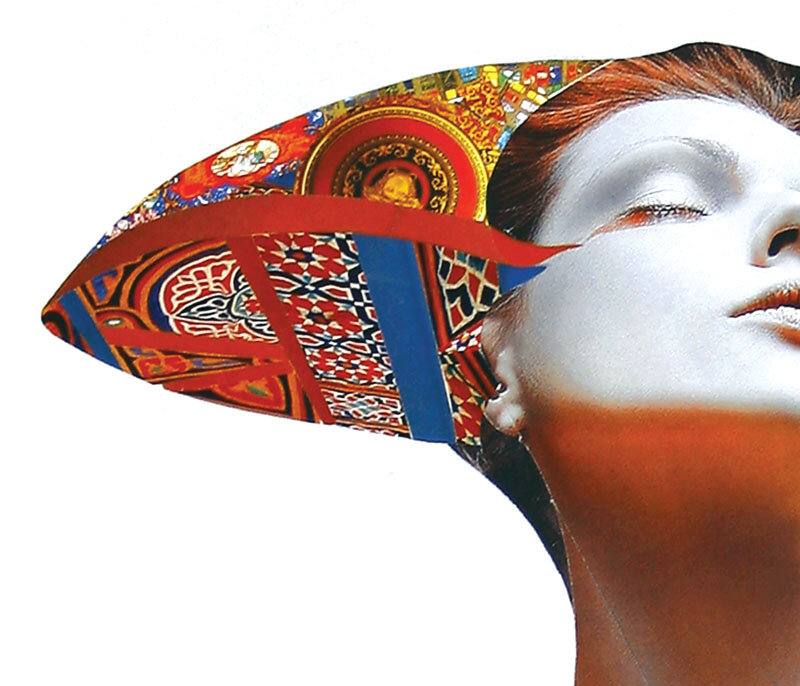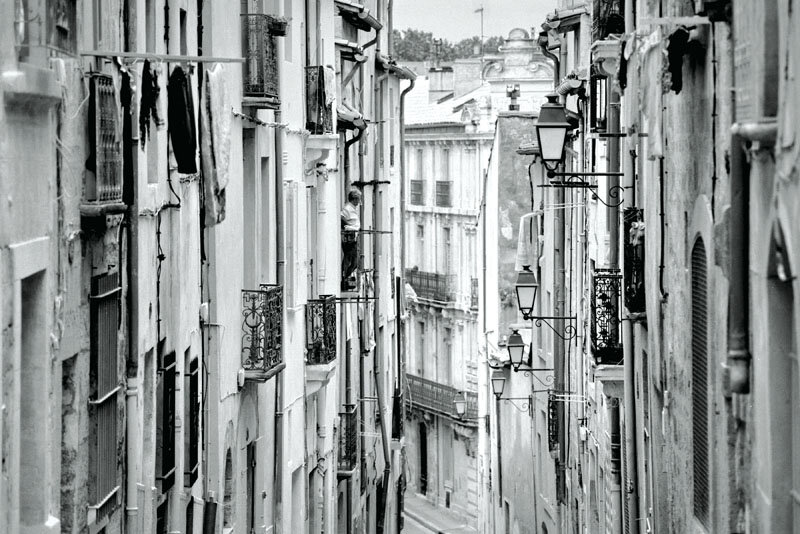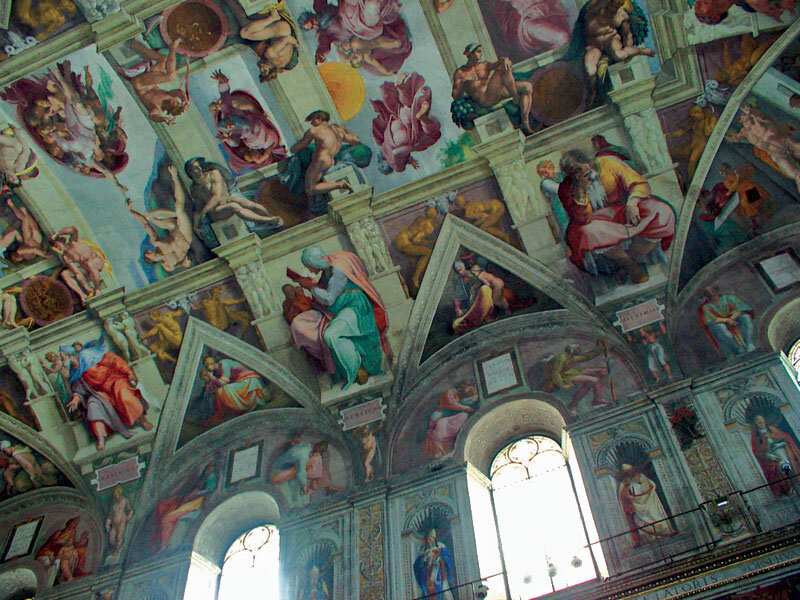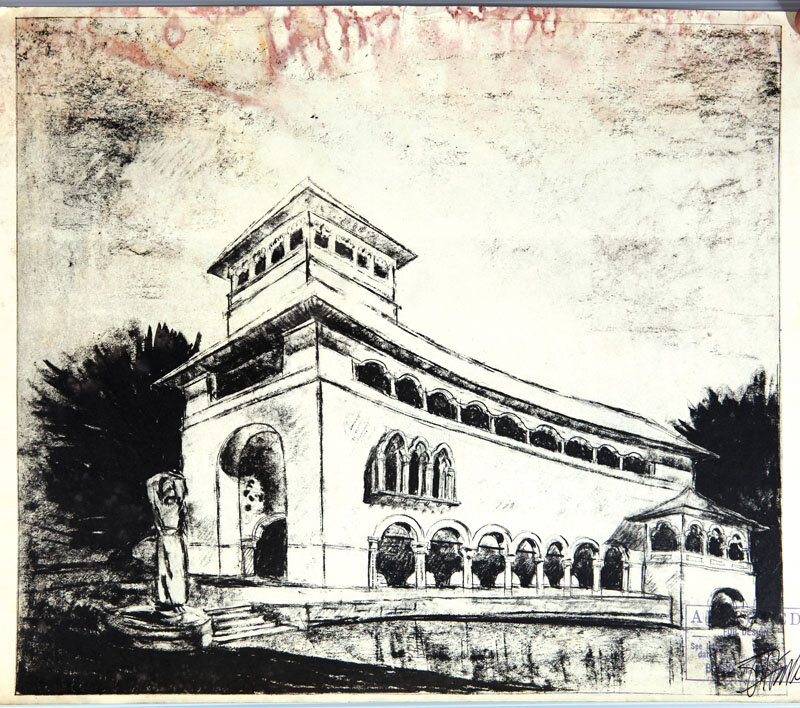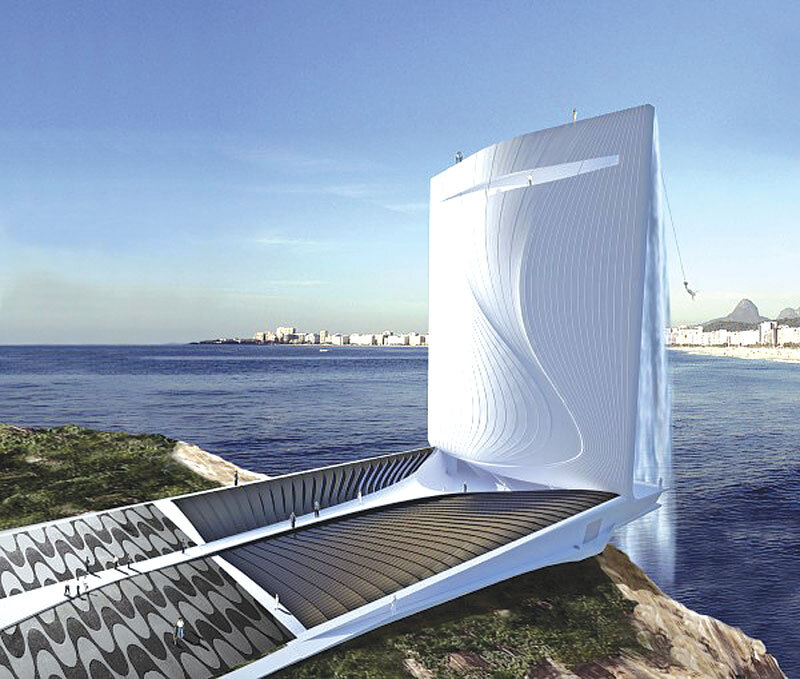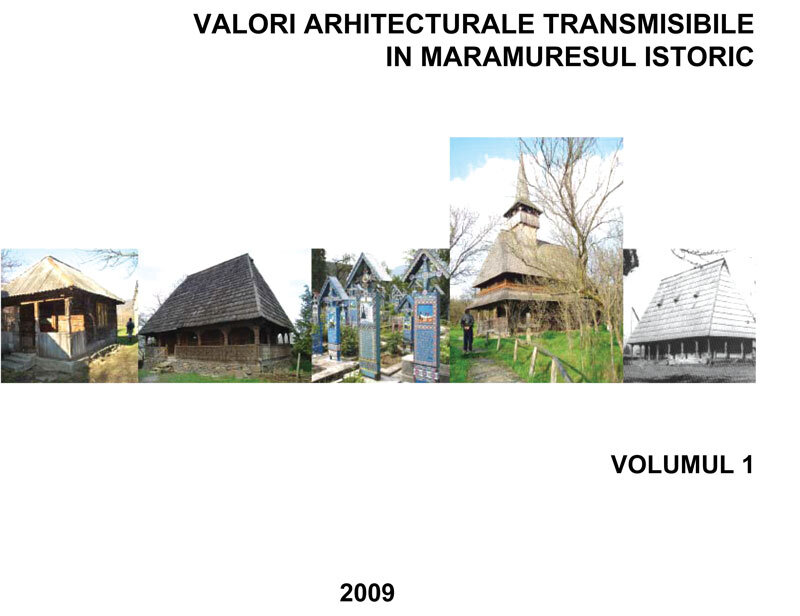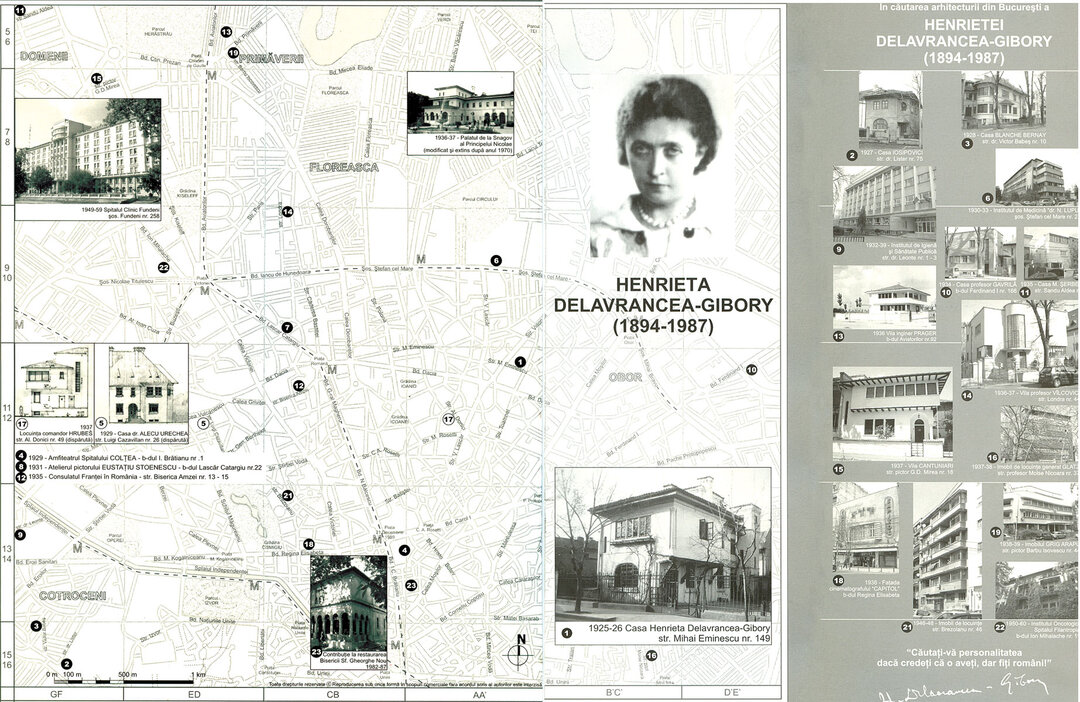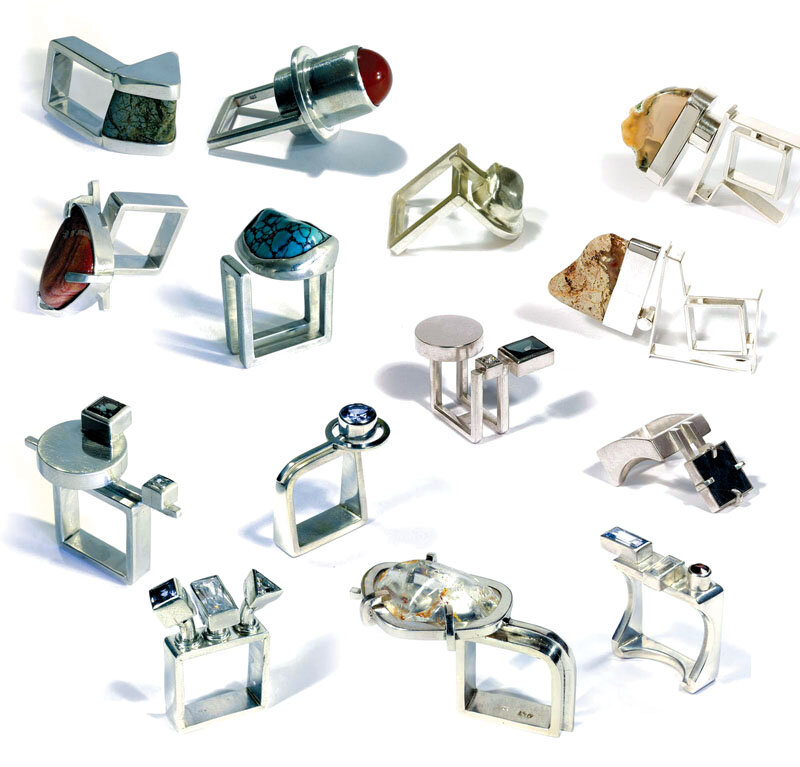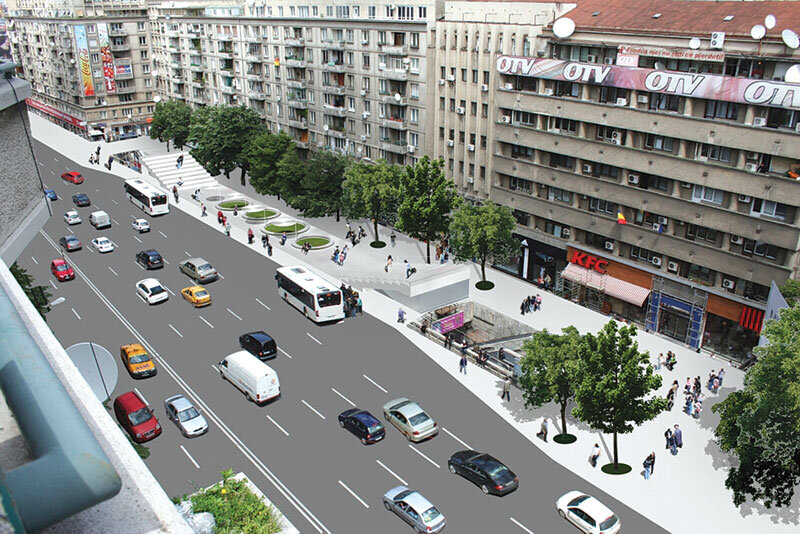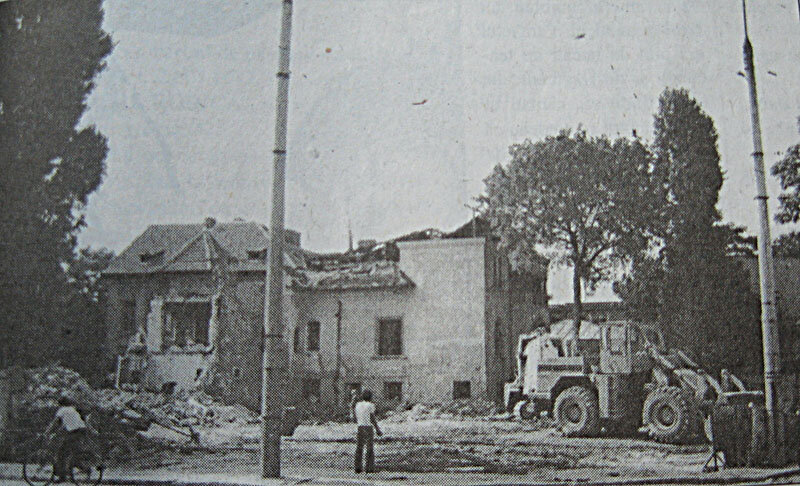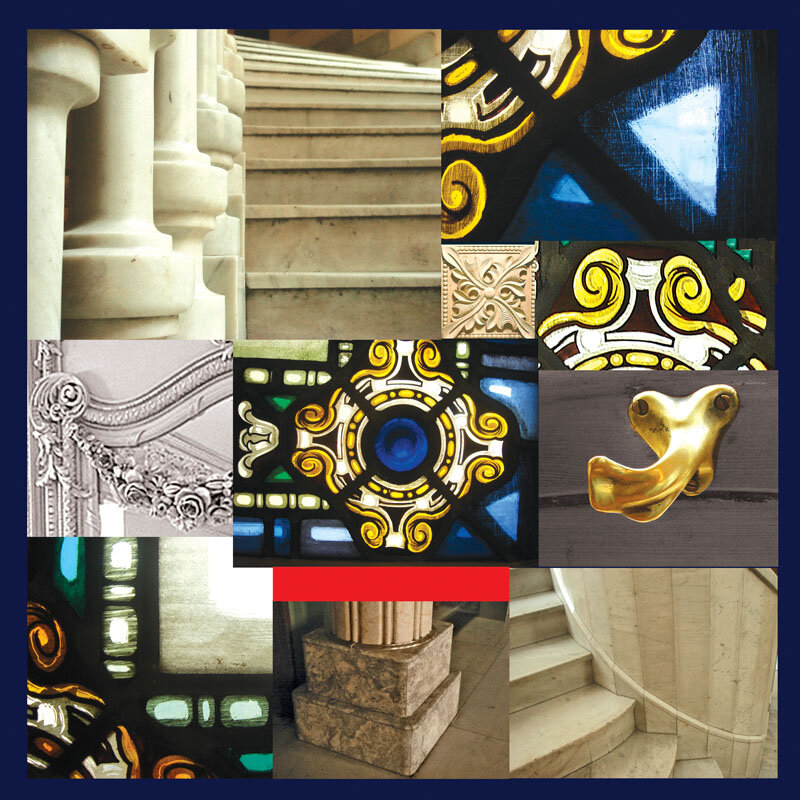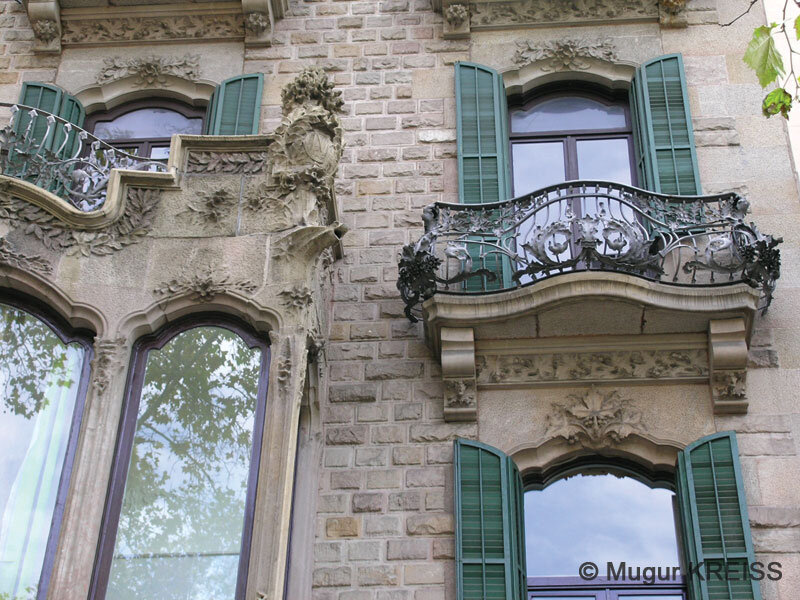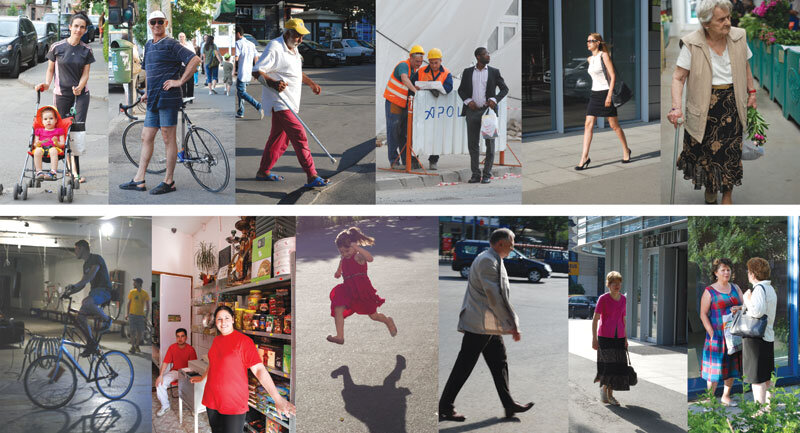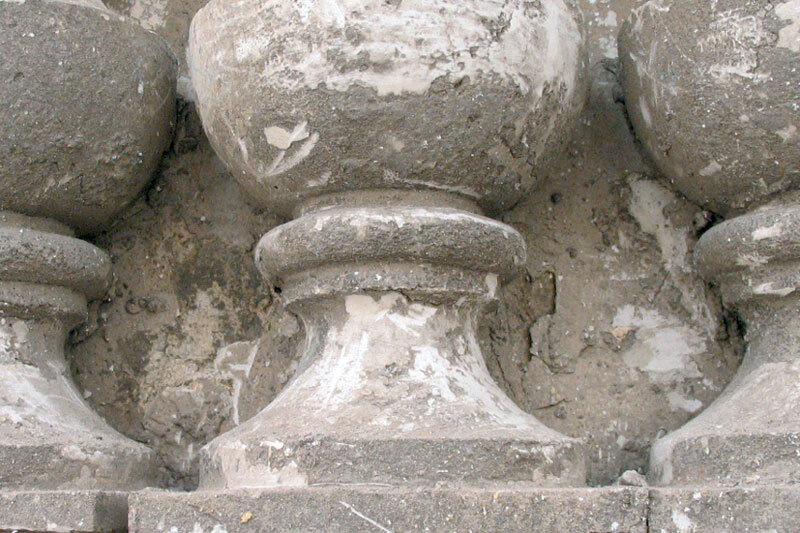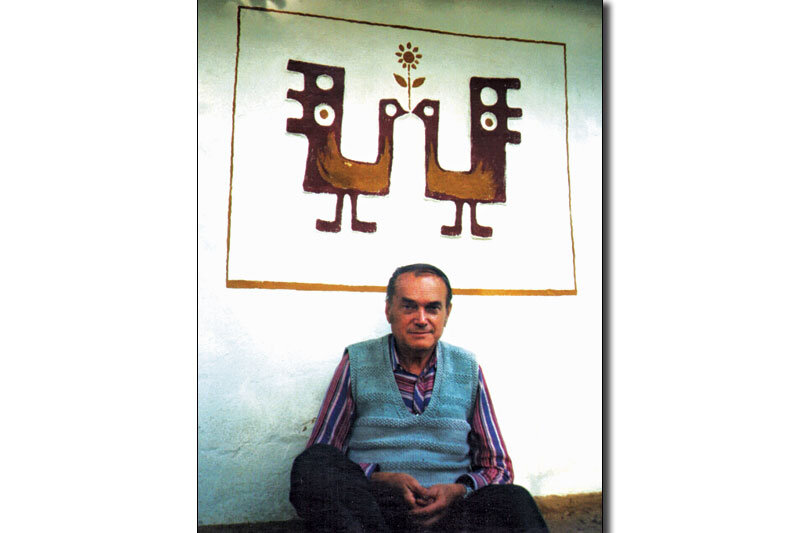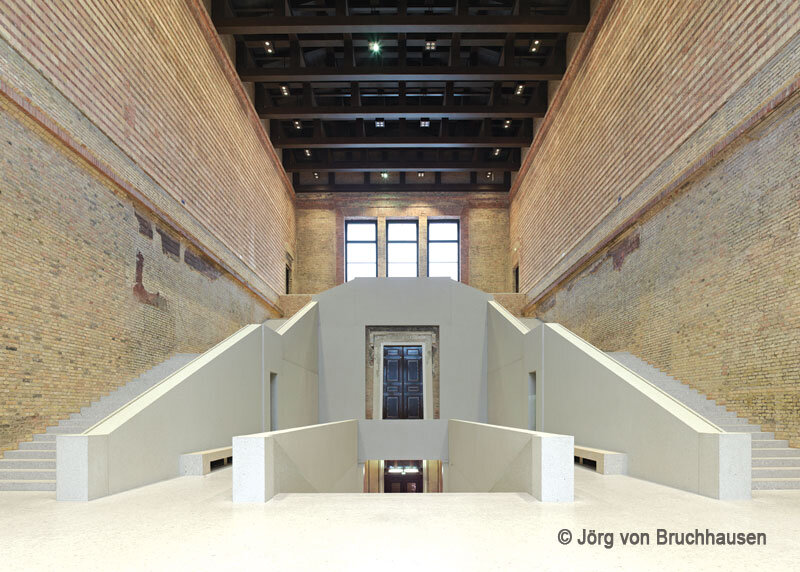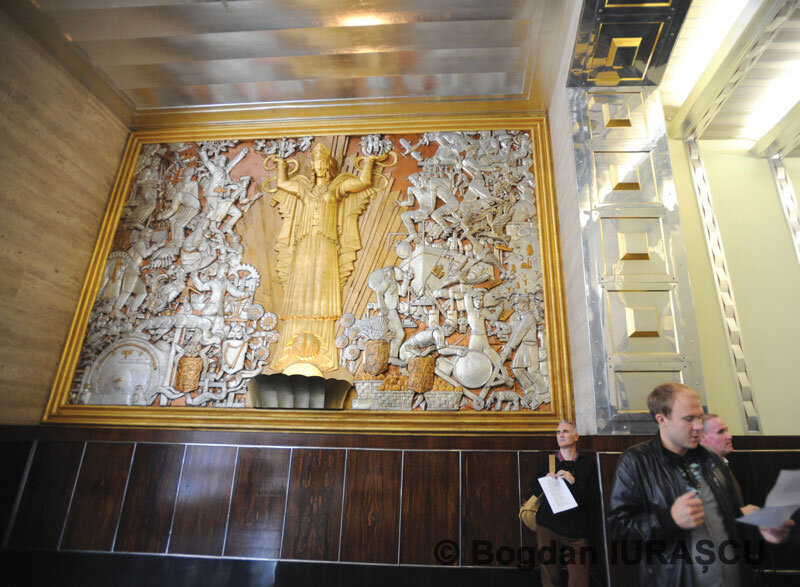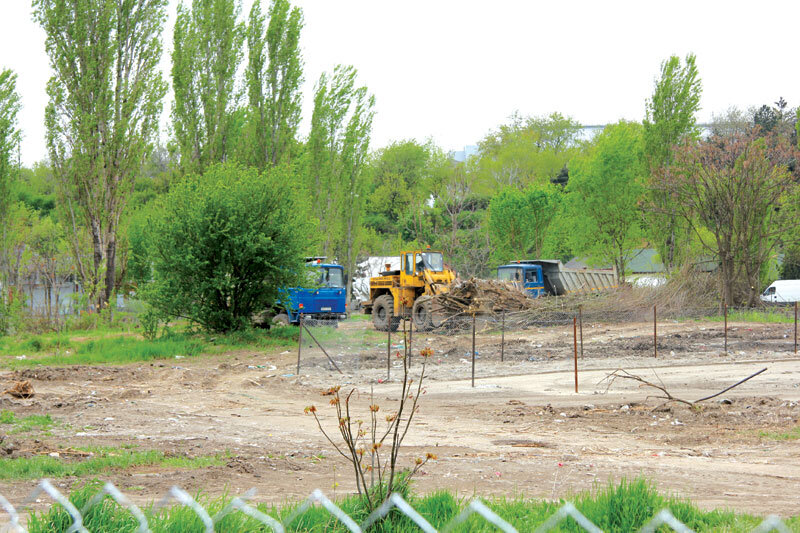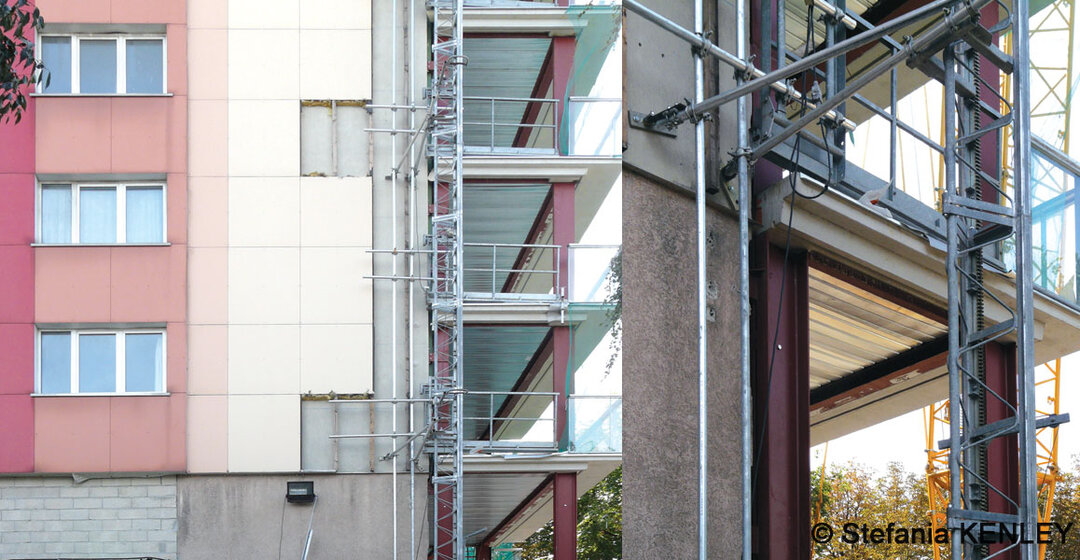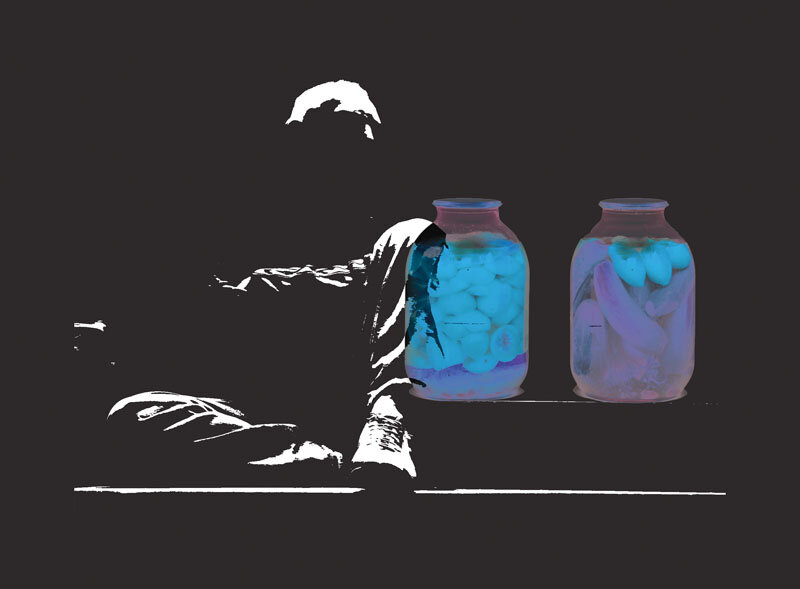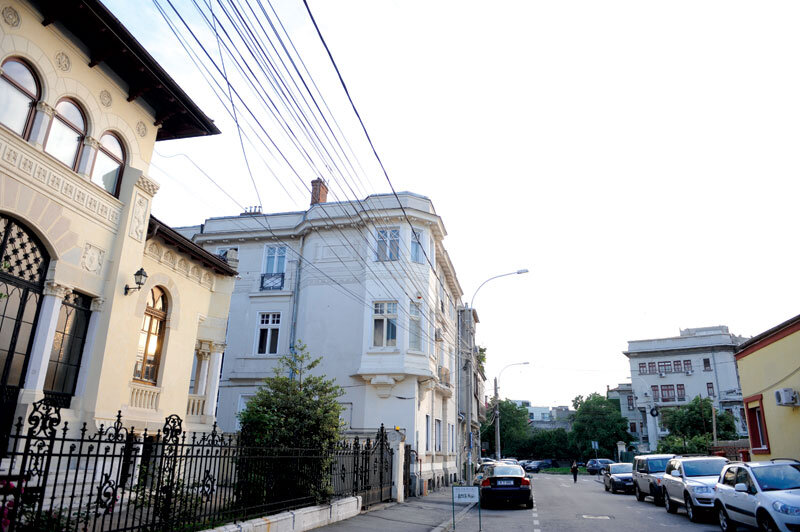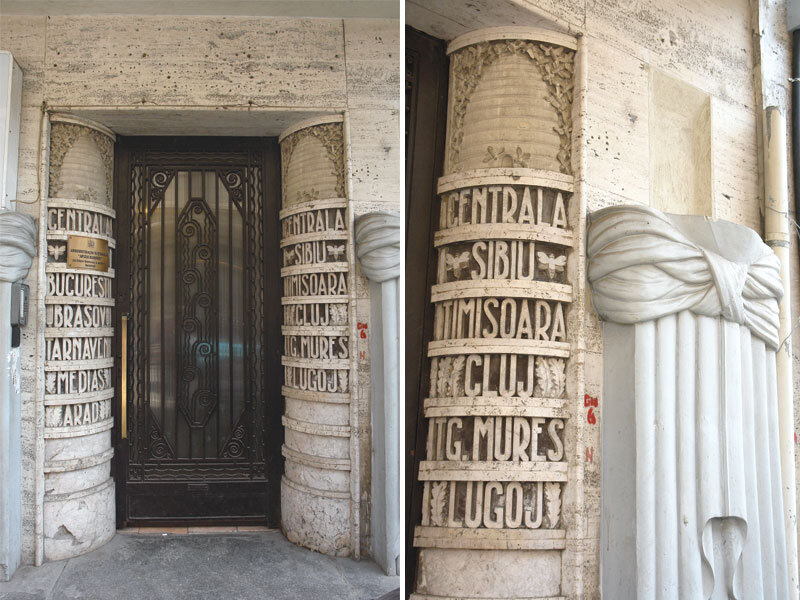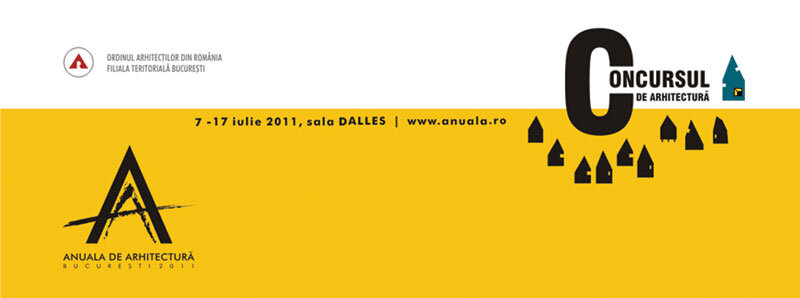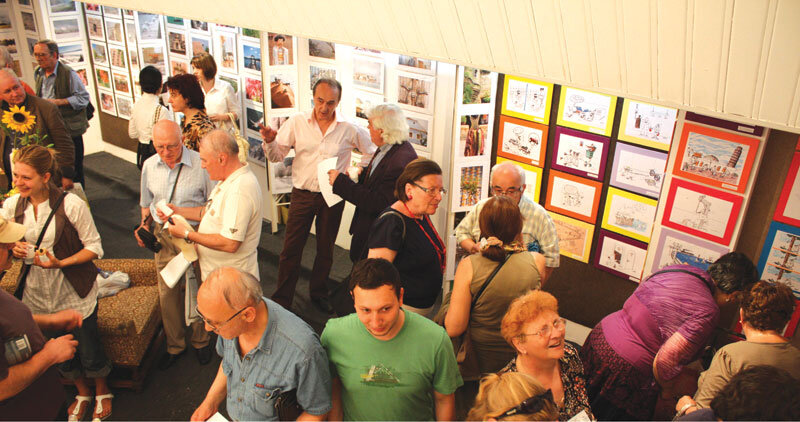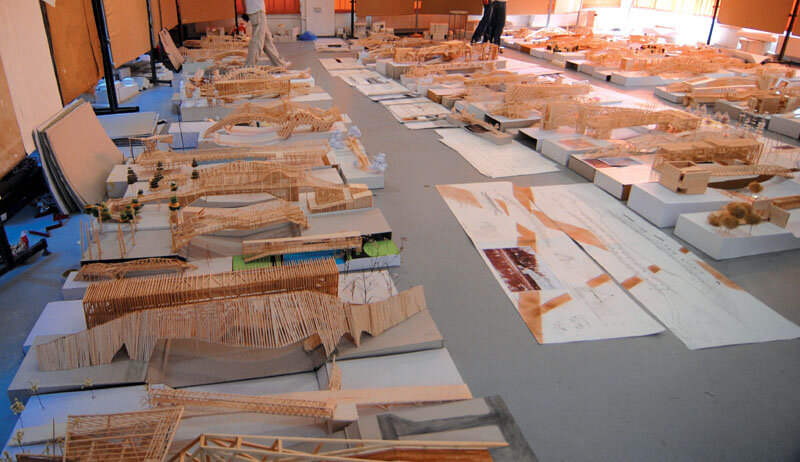
"The number of cars on Buzești-Berzei Boulevard will reach around 3,000-3,200 cars per hour, per direction"
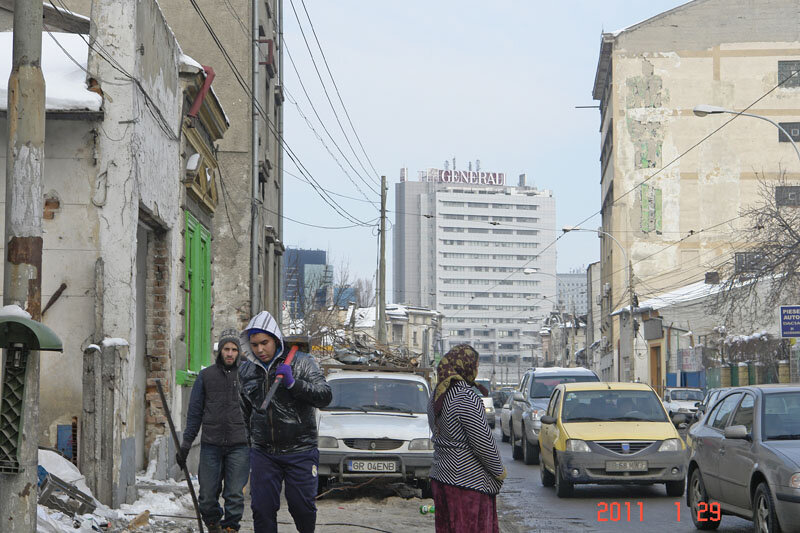
- Ion Dedu, head of the Infrastructure Department of the Capital City Hall
| Almost a month ago, the Bucharest Tribunal suspended, on grounds of legality, the Zonal Urban Development Plan on the basis of which the Bucharest City Hall was building the N-S Diametrala (Buzești-Berzei-Uranus). In addition to the havoc it has wreaked on the built heritage, many voices from civil society and European traffic experts argue that this axis will not even solve traffic problems, even leading to the city's gridlock. How many cars per hour will drive on this new boulevard? Will this artery bring as much traffic as speculated? For what purpose was it created by the city council? The answer to these questions is given by Ion Dedu, the director of the Infrastructure Department of the City Hall. How many cars/hour will circulate on the Diametrala N-S Catiușa Ivanov: What is the purpose of the Buzești-Berzei Diametral in terms of traffic?Ion Dedu: The N-S Diametral is an alternative to the Victoriei Square - Unirii Square - South Square axis and aims to reduce the distance between the Rahova-Giurgiului area and Victoriei Square. Its aim is to create, first and foremost, a public transport line, and I am referring here to a separate line for the tramway, so that it is not affected by road traffic. As we know, cars used to run on the tram line, which is why we could not talk about a public transport line that would operate within natural parameters. On the other hand, on Magheru, an area representative of the city center, the sidewalks are very small. Everybody would like to have more generous, wider spaces, especially on the sidewalk going towards the University. In addition, we should put an electric transportation line there, a trolley line. This is foreseen in the Bucharest strategy. If you have noticed, the trolleybus has been brought to Unirii Square from South Square. The widening of the Buzești-Berzei axis makes it possible to create a larger pedestrian area on Bd. Magheru and Calea Victoriei. It will not become the entire street pedestrian, but we want to reduce the width of the roadway, create lanes for public transportation and, in this regard, it was necessary to offload the traffic on the two arteries on another stretch, and on Buzești we found the two lanes. As a reminder, on Buzești-Berzei there are only two lanes in each direction, plus the tram line. Otherwise, we want to make bike lanes and sidewalks as generous as possible. CI: How many cars per hour do you estimate that will circulate on Buzești-Berzei?ID: Given that we are talking about the city, where traffic speeds are quite low, and a boulevard without prioritizations, such as bumpy intersections, probably the number of cars on Bd. Buzești-Berzei will reach around 3,000-3,200 cars per hour, per direction. CI: There are many European specialists who say that as you build more roads, you bring more cars and the traffic gets stuck. What would be the risks of this project?ID: I have said it from the beginning, first of all this project wants to create a public transportation line, with a minimum of street network left and right. We couldn't have thought of making the boulevard one lane in each direction, because we were investing money inefficiently. We didn't do three lanes in each direction, nor four lanes in each direction, to create a major artery that would attract a lot of traffic. So my view is that this artery is not going to be very encouraging for motorists, especially as the travel time between the two ends, apart from the tunnel under Parliament, will be relatively long. We are talking about an avenue with traffic lights, on which the speed will be quite slow. Along this road there are many intersections: Victoriei Square, the intersection with Sevastopol, Polizu, Calea Griviței, we have the intersection where Bd. Gării Nord into the artery, we have Virgiliu Square, where we will have two traffic lights. Further on we'll have Cobălcescu and further on we'll have Calea Plevnei. So it's going to be full of traffic lights, and these traffic lights we will introduce in the traffic management system to regulate the traffic flow, so that the traffic does not speed. At the same time, with the closure of the ring road, which creates the possibility of much higher commercial speeds and much lower travel times, this traffic, and I am referring in particular to transit traffic, from Ploiești to Berceni, is distributed on the ring road, and this artery will take over local traffic, or at any rate limited traffic. Now, related to the increase in traffic, to the tendency of people to use their own cars a lot, we are thinking about some deterrent measures, which consist in creating a limited number of parking spaces and setting tariffs that are not necessarily discouraging, because we need to occupy the parking lots, but that regulate the number of cars entering the city center. CI: Just to understand better, will this new artery relieve traffic congestion or not?ID: It will help to relieve traffic congestion by what I have told you. It will take over some of the traffic on Magheru and will help to redistribute traffic flows. Those who come on Magheru and Cantemir will want to get to Giurgiului and Olteniței, and then at Șerban Vodă it will be split in two. When there will be Buzești-Berzei, drivers will split in two from Victoriei Square. CI: Are you going to appeal the decision of the Bucharest Tribunal in the case with the Save Bucharest Association?ID: I think I have already appealed. In fact, I think that the merits will be judged now. The deadline is very close. You have to talk to the legal, to see when these events occur. CI: It's been said many times that the project is illegal, useless, that it just blocks the city center. There have been a lot of accusations: that you didn't do public consultation, that you didn't explain what's going on there. How do you comment?ID: A PUZ has been made and approved by the General Council. So it had public debate. This PUZ had an environmental agreement, so it also had public debate. This PUZ has been challenged on so-called technical grounds. I think that in this country, you can always find a flaw in any project. We are, how to say, in an administration with people and everyone can make mistakes. This does not mean to exploit it, but the point is that when a General Council, elected by a city, approves the PUZ, the technical and economic indicators, just like the law, basically declares the work of public utility, it means that that Council represents the citizens of the city and they want that work. Sure, there are some things like "we want to save a certain thing, we want to save something else", but these things have to be very well defined. We cannot simply turn against the work. It's hilarious. The NGOs went and attacked the building permit, between Victory Square and Polizu. We didn't demolish anything there. Not even a tree. In their desire to block that work, they went and attacked that area. What about that area? It's almost finished. Why should the citizens suffer because someone said: "Sir, let'attack the permit"? CI: Are they working on Buzești-Berzei now?ID: Yes, on the sections where there is authorization. On the area that has not been attacked. The rest is being protected and preserved. CI: Who will be responsible for any delays? Because, because of the litigation, there will certainly be delays and extra money will have to be paid.ID: Who loses, of course. If they lose, we will turn against them. It's a legal matter. |
For almost a month, Bucharest Tribunal has suspended, on grounds of legality, the General Urban Plan on the basis of which the City Hall built the North-South diametral road (Buzești-Berzei-Uranus). Many voices from the civil society and European traffic experts have argued that such road, in addition to the devastation caused to the built heritage, will not even solve the traffic problems and will cram the city even more. How many cars will drive per hour on this new boulevard? Will this road bring as much traffic as it was speculated? Why was it created by the City Hall? The answers to all these questions are provided by the Head of the Bucharest City Hall's Infrastructure Directorate himself, Mr. Ion Dedu. How many cars per hour will drive on the North-South Diametral Road Mr.Catiușa Ivanov: What is the purpose of the Buzești-Berzei Diametral Road, from a traffic perspective? Mr.Ion Dedu: The N-S diametral road represents an alternative to the axis Victoriei Square - Unirii Square - Sudului Square and is aimed at reducing the distance between the Rahova-Giurgiului area and Victoriei Square. Its primary purpose is to create a public transportation line, and I am referring here to a separate tramway line, so as not to affect car traffic. As we know, cars used to also drive on the tramway line, for which reason we could not talk about a public transportation line operating normally. On the other hand, we took into account that the sidewalks of Magheru, a representative area for the city center, are extremely narrow. Everybody would like vaster, more generous spaces, especially when it comes to the sidewalk leading to University Square. In addition, we should set up an electric transportation line there, a trolley-bus line, according to the Bucharest Municipality Strategy. I don't know if you noticed, but the trolley-bus was brought to the limit of Unirii Square, from Sudului Square. The enlargement of the Buzești-Berzei axis enables the creation of a wider pedestrian area on Blvd. Magheru and Calea Victoriei. We shall not turn the entire street into a pedestrian area; however, we do want to reduce the width of the passable portion and to create lanes for public transportation, and to that end the traffic on the two roads had to be optimized and directed towards another section, and it was on Buzești that we found the two necessary traffic lanes. Please note that on Buzești-Berzei there are only two traffic lanes per direction, plus the tramway line. Apart from that, we strive to create sidewalks and bicycle tracks that would be as spacious as possible.CI: How many cars per hour do you estimate will drive on Buzești-Berzei?ID: Considering that we are in a city and therefore the traffic speed is fairly low, and this is a boulevard without too many special portions, such as uneven crossroads, the car traffic on Buzești-Berzei Boulevard will probably reach 3,000-3,200 cars per hour, per direction. CI: Many European specialists say that, as you build more roads, you also bring more cars there and traffic gets stuck. What would be the risks of this project?ID: We said it from the beginning; this project is primarily aimed at creating a public transportation line with a minimum street network to the left and to the right. We couldn't have made a boulevard with just one traffic lane per direction, because we would have used the money inefficiently. We did not create three or four lanes per direction to avoid constructing a major road that would attract high traffic. So, in my opinion, this road will not be particularly enticing for drivers, especially that a lot of time will be required to travel the distance between its two extreme points, leaving aside the Parliament tunnel portion. We are talking about a boulevard with traffic lights, on which the car speed will be fairly low. There are many crossroads across this boulevard: Victoriei Square, thecrossroad with Sevastopol, Polizu, Calea Griviței, then we have the crossroad with Gării de Nord Boulevard, then Virgiliu Square, where two traffic lights will be placed. Then, there will be Cobălcescu and Calea Plevnei. So the boulevard will be strewn with traffic lights, and we shall insert such traffic lights in the traffic management system to regulate traffic flow and prevent speeding. Concurrently, along with the closure of the traffic ring, which enables higher commercial speed and smaller traffic time, this traffic, especially transit traffic from Ploiești to Berceni, will be distributed on rings, while this boulevard will take over local traffic, or a limited traffic anyway. In relation to the traffic increase and people's tendency to use their private cars excessively, we are envisaging several dissuading measures, which consist in the arrangement of a limited number of parking places and the fixing of rates which won't necessarily be discouraging, because we also need to occupy the parking lots, but which should regulate the number of cars entering the city center. CI: So I am not sure I understand this, will this new road optimize the traffic or not?ID: It will help optimizing it by what I already mentioned. It will take over part of the Maghery traffic and will help in redistributing the traffic flow. Those who come on Magheru and Cantemir want to reach Giurgiului and Olteniței, and will split in two branches at Șerban Vodă. When the Buzești-Berzei Boulevard is in place, the drivers will split in two flows from the Victoriei Square already. CI: Will you file a second appeal against the decision issued by the Bucharest Tribunal, in the lawsuit with the Save Bucharest Association?ID: I believe we already appealed it. I think the case is actually being judged on the merits. The hearing is very close. You need to contact the legal department, to find out when these events are scheduled. CI: It was said on several occasions that the project is illegal and useless, that it only blocks the city center. Many accusations were launched: that you did not organize public consultations, that you did not explain what is happening there. How do you comment?ID: There was a PUZ [General Urban Urban Plan] which was approved by the General Council. So, there was public debate. The PUZ benefited from an environmental approval, so there was public debate in that case, as well. The PUZ was challenged on so-called technical reasons. I think in this country one can find a fault with any works, at any time. We are part of an administrative system operated by people, and each of them can make a mistake. This does does not mean one should exploit it; however, when a General Council, elected by the city, approves the PUZ and the technical-economic indicators, according to law, practically declaring that work to be of public utility, it means that the Council at issue represents the City's inhabitants and they want that work. Of course, there are those who say "we want to save this, we want to save that", but these things need to be very well defined. We cannot simply turn against the works. It is absurd. The NGOs attacked the building permit for the portion between Victoriei Square and Polizu. We did not demolish anything there; we didn't even fell a tree. In their desire to block the works, they attacked that area as well. What is wrong with that area? That it is almost finished. Why should the citizens suffer because someone said: why don't we challenge the permit? CI: The works are now in progress along the Buzești-Berzei portion?ID: Yes, on several sections, for which we hold permits, in the non-challenged portions. As for the rest, we are performing protection and preservation works. CI: Who will be held liable for any potential delays? Because litigation means delays, and extra money will need to be paid.ID: Obviously, whoever loses the trial. If they lose, we shall bring legal action against them. It is a legal matter. |

